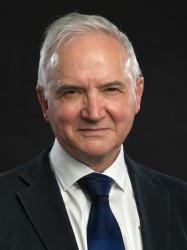BibTex format
@article{Samanta:2020:10.1101/2020.07.12.20150474,
author = {Samanta, R and Dunning, J and Taylor, A and Bayliffe, A and Chambers, R and Chilvers, E and Openshaw, PJM and Summers, C},
doi = {10.1101/2020.07.12.20150474},
journal = {MedRxiv},
title = {Identification of novel mechanistically distinct endotypes of pandemic influenza-associated acute respiratory failure},
url = {http://dx.doi.org/10.1101/2020.07.12.20150474},
year = {2020}
}

